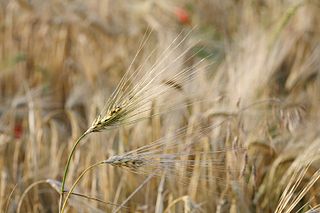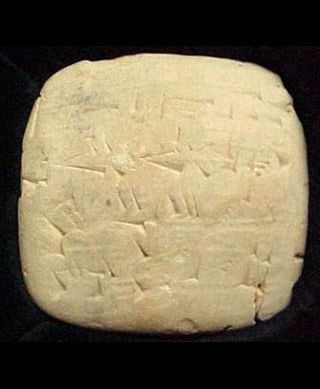Drinking in Mesopotamia
Although necessarily different from our beer, it was still essentially made from a base of various grains, first germinated and malted in damp conditions and then, once malting was completed, heated in water into which various aromatic products had been added. (Hops were unknown in that area, but dodder [probably a red vegetable dye–HMR] was used, and many other flavoring agents as well.) Then the mash was left to ferment.
The resulting brew was not very high in alcohol content, and was often further diluted with water, but it nonetheless produced in expansive feeling. Here is an excerpt from a drinking song, translated by Jeremy Black:
In the troughs made with bur grass, there is sweet beer. I will have the cupbearers, the boys and the brewers stand by. As I spin around the lake of beer, while feeling wonderful, feeling wonderful, while drinking beer, in a blissful mood, while drinking alcohol and feeling exhilarated, with joy in the heart and a contented liver — my heart is a heart filled with joy! I clothe my contented liver in a garment fit for a queen! The heart of Inana is happy once again; the heart of Inana is happy once again!
We are not done drinking in Mesopotamia. Next week more libations will be poured.SourcesBlack, J.A., Cunningham, G., Ebeling, J., Flückiger-Hawker, E., Robson, E., Taylor, J., and Zólyomi, G., The Electronic Text Corpus of Sumerian Literature (http://etcsl.orinst.ox.ac.uk/), Oxford 1998–2006.Bottero, Jean. The Oldest Cuisine in the World: Cooking in Mesopotamia, trans. Teresa Lavender Fagan. Chicago: University of Chicago Press, 2004.Hornsey, Ian Spencer. A History of Beer and Brewing. Cambridge, UK: Royal Chemistry Society, 2003.


